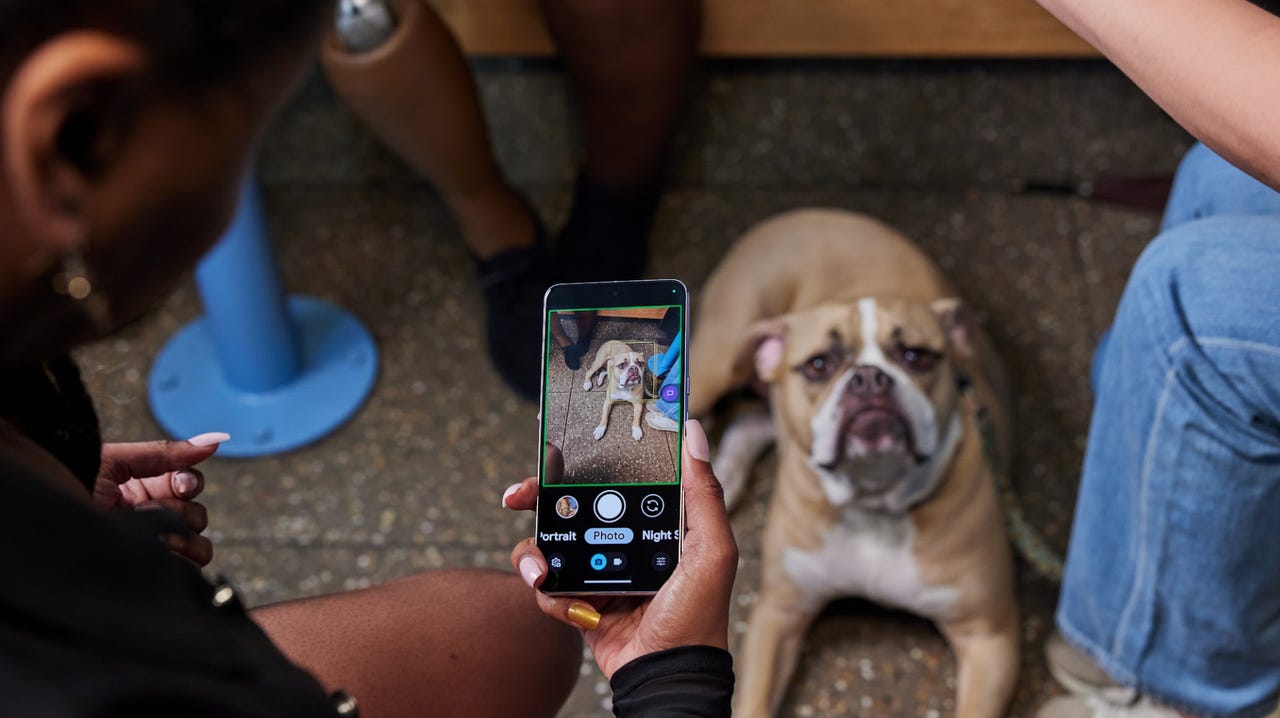8 ways Google just upgraded accessibility in its apps and Pixel devices


Even though the latest devices on the market are meant to make people's everyday lives easier, not everyone can take advantage of the features due to accessibility limitations. Today, Google unveils eight new features to help people with disabilities make the most of their devices.
Also: The best Android phones you can buy
The first feature helps connect users with disabled-owned businesses by displaying a new identity attribute for the disability community that will display next to the business listing in Google Maps and Search.
Ultimately, this feature will help potential customers connect with and support the disability community while also strengthening community ties between people.
Other Google identity attributes include Asian-owned, Black-owned, Latino-owned, LGBTQ+-owned, veteran-owned, and women-owned.
Also coming to Maps are more accessible walking routes. Users can now opt to get walking routes that are wheelchair-accessible and stair-free.
In addition, Google is expanding where wheelchair-accessible information is displayed. The information will be included in business and place pages on Maps for Android Auto, and Google's open-source Android Automative operating system.
As a result, the wheelchair icon will display next to search results, making it easier to find destinations with appropriate accommodations.
Also: 5 quick tips to strengthen your Android phone security today
Next, Google is upgrading its Search with Live View feature to include screen-reading capabilities.
Now, when a user is using Search in Live View with screen reading on, they will get auditory feedback on the places around them, including helpful information, such as the place's name and how far away it is.
Google's Assistant Routines is also getting an accessibility upgrade with more personalization options. Users will now be able to select their own Routines shortcut style, customize it with their own images, and select different sizing.
"Research has shown that this personalization can be particularly helpful for people with cognitive differences and disabilities and hope it will bring the helpfulness of Assistant Routines to even more people," said Google in the release.
Also: How to add reading mode to your Android devices
Earlier this year, Google introduced a feature on Google Chrome that detects typos and displays suggestions based on what Google thinks you meant. The feature is now expanding to Chrome on Android and iOS to help users who are prone to typos get to the content they need faster.
Google Pixel phones are getting their own wave of updates, too. The first update is a new Magnifier app that uses Pixel's advanced camera technology to act as a physical magnifying glass that can zoom in.
Google says the app was designed in collaboration with partners at the Royal National Institute of Blind People and the National Federation of the Blind to help the low-vision community see details up close.
The Magnifier app is available on the Google Play Store for Pixel 5 and up.
In early October, with the release of the Google Pixel 8, the company unveiled the newest version of Guided Frame, which makes it easier for people who are blind or have low vision to take selfies.
The newest update allows Guided Frame to be used for more than just your front camera, but also rear-facing camera photos on Pixel 6 phones and up.